The Pros and Cons of Redmi 15C
In 2025, mobile phones with large batteries are more popular. One example is the Redmi 15C. It has a 6000 mAh battery. This is bigger than the Redmi 14C, which only had 5160 mAh. On paper, the Redmi 15C can last longer for daily use.
The Redmi 15C also brings some changes. It has a bigger screen, newer software, and an IP rating. But many other parts are still the same as the Redmi 14C. Let’s see the pros and cons of this phone.
Pros of Redmi 15C
The Redmi 15C is expected to cost almost the same as the Redmi 14C. This makes it feel like a good choice for many users. Here are the main pros:
1. Bigger screen with 120 Hz refresh rate

The screen of Redmi 15C is larger, 6.9 inches. This gives a more enjoyable viewing experience. But the bezel design is still the same, with an 84.3% screen-to-body ratio and a water drop notch that looks a bit old-fashioned.
The screen uses an IPS LCD panel with HD+ resolution (720 x 1600 pixels). For users who often see Full HD+, this may feel less sharp. Even so, Redmi says the quality is still good for watching movies, browsing social media, and playing games.
The 120 Hz refresh rate makes movements and animations smoother. This can be felt when you scroll or when some games support higher frame rates.
For protection, the screen still uses Gorilla Glass 3, the same as the Redmi 14C. This makes the phone stronger and less easy to scratch or break. It is also fine for outdoor use, although the screen brightness is not strong enough under very bright light.
2. Reliable 50 MP Main Camera

From the outside, the Redmi 15C looks like it has two cameras. In fact, only one is active. It is a 50 MP main camera with an f/1.8 aperture. The camera also has PDAF, so the focus can adjust automatically.
The main camera uses AI technology and the Xiaomi Imaging Engine. These features make the camera faster and help optimise photos so that moments are not missed.
However, the results are not always stable. In some lighting conditions, photos may not look good. Even so, about 7 out of 10 photos are good enough. This is still acceptable for a budget phone.
On the front, the Redmi 15C has an 8 MP selfie camera with an f/2.0 aperture. This front camera has night mode and beauty mode. When night mode is active, the screen shows a glowing ring of white light to help with brightness.
For video recording, the Redmi 15C only supports up to 1080p at 30 FPS. This is the same for the front and back cameras. There are no stabilization features in this price range.
3. Helio G81 Ultra with Android 15 and HyperOS 2

As a new generation phone, the Redmi 15C comes with the latest software. It already uses Android 15 with HyperOS 2. Some AI-based features are available, but there is no clear explanation about how long updates will continue.
For performance, the Redmi 15C still uses the Helio G81 Ultra chipset, the same as the Redmi 14C. This means the speed is similar when you multitask or play games.
The Helio G81 Ultra is built with a 12 nm process. It has eight cores, two Cortex A75 cores (2.0 GHz) for stronger tasks and six Cortex A55 cores (1.8 GHz) for efficiency. The GPU is Mali G52 MP2 with a frequency of 950 MHz.
Based on the Nanoreview database, the Helio G81 Ultra in the Redmi 15C can reach about 270,000 points in AnTuTu v10. This is not high for heavy gaming, but it is enough for light games such as Mobile Legends, Free Fire, or eFootball.
4. Memory Can Be Expanded with a MicroSD Slot
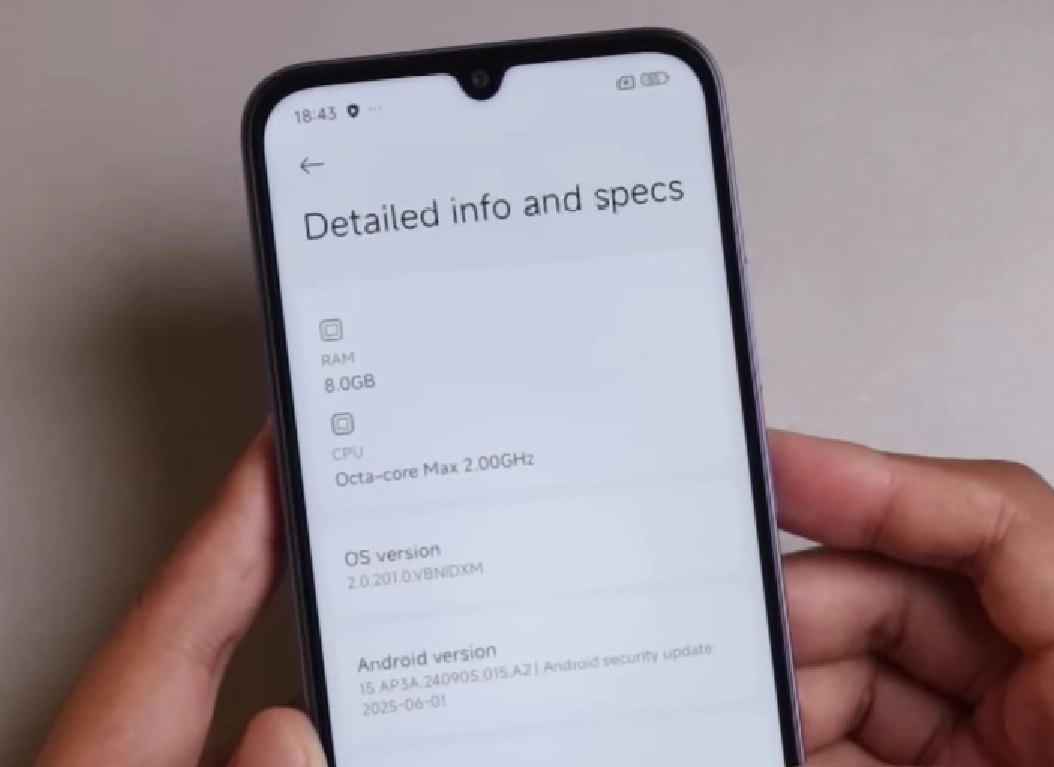
The Redmi 15C has a useful feature for storage. Its internal memory is 128 GB or 256 GB. If this is not enough, you can add a microSD card. The phone supports microSD cards up to 1 TB, which is good for users who save many large files.
More storage usually makes performance better. But the Redmi 15C still uses eMMC internal memory. This type is slower than UFS memory.
For RAM, the Redmi 15C gives 8 GB of LPDDR4x. There is also a RAM expansion feature, but it doesn't improve performance much. Even so, 8 GB RAM is already good for a budget phone in 2025.
5. NFC and Fingerprint Features on the Side

The Redmi 15C has good connectivity for a phone in its price range. It already supports WiFi with dual-band, so the phone can connect to two different networks.
It also comes with Bluetooth 5.4 for a stable connection. Another useful feature is NFC (Near Field Communication). NFC can be used for many things, such as digital payments, checking e-money balances, or using a card for toll access.
The Redmi 15C also has several sensors like an accelerometer, proximity sensor, compass, and fingerprint scanner. The fingerprint scanner is on the side of the phone and built into the power button. This makes it easy for the thumb to reach when you hold the phone.
6. 6000 mAh Battery with Fast Charging
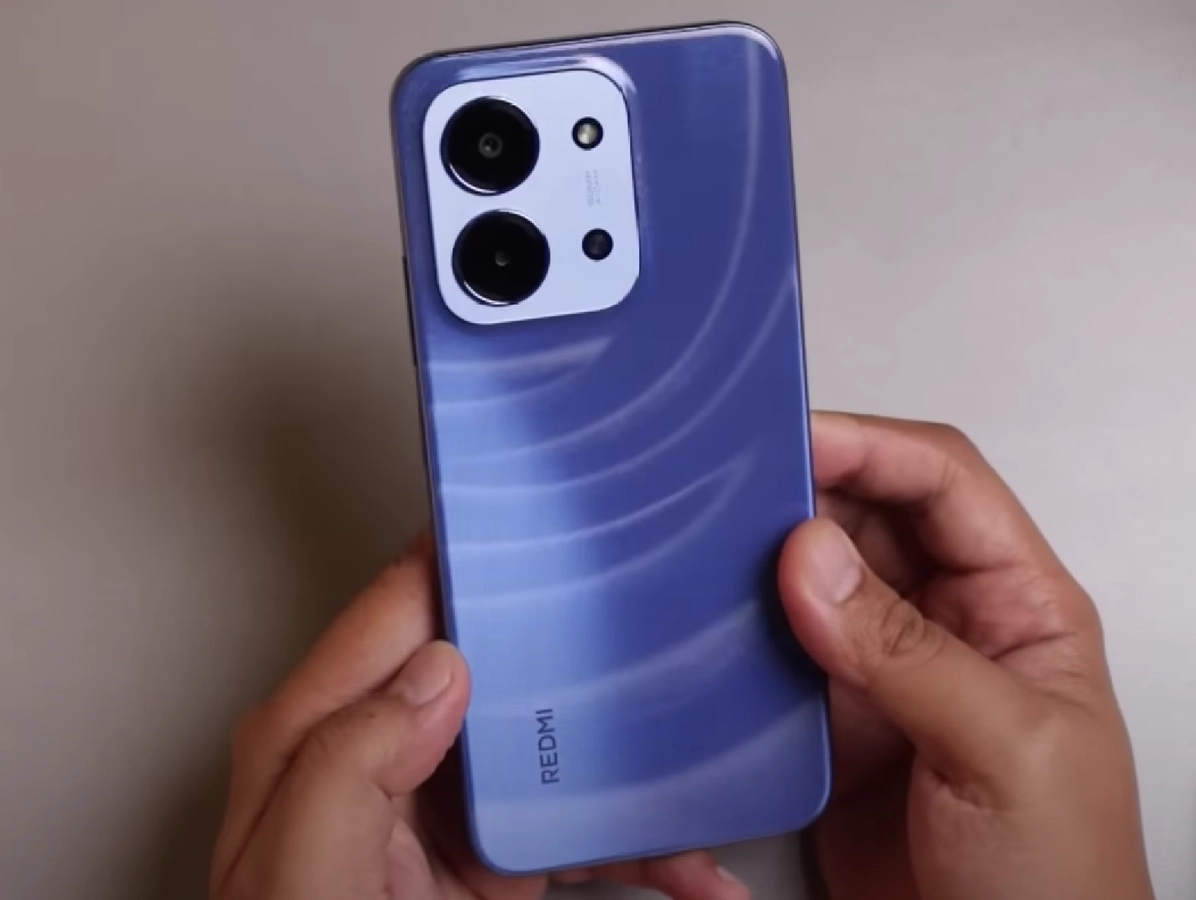
One big improvement in the Redmi 15C is the battery. Its capacity is now 6000 mAh, bigger than the Redmi 14C with only 5160 mAh. In theory, this means the phone can last longer and is ready to support daily use.
The charging feature is also better. The Redmi 15C supports 33W fast charging, while the Redmi 14C and 13C only had 18W. With faster charging, the big battery feels more useful. A large capacity would not help much if charging stayed slow.
7. Simple Design with IP64 Durability
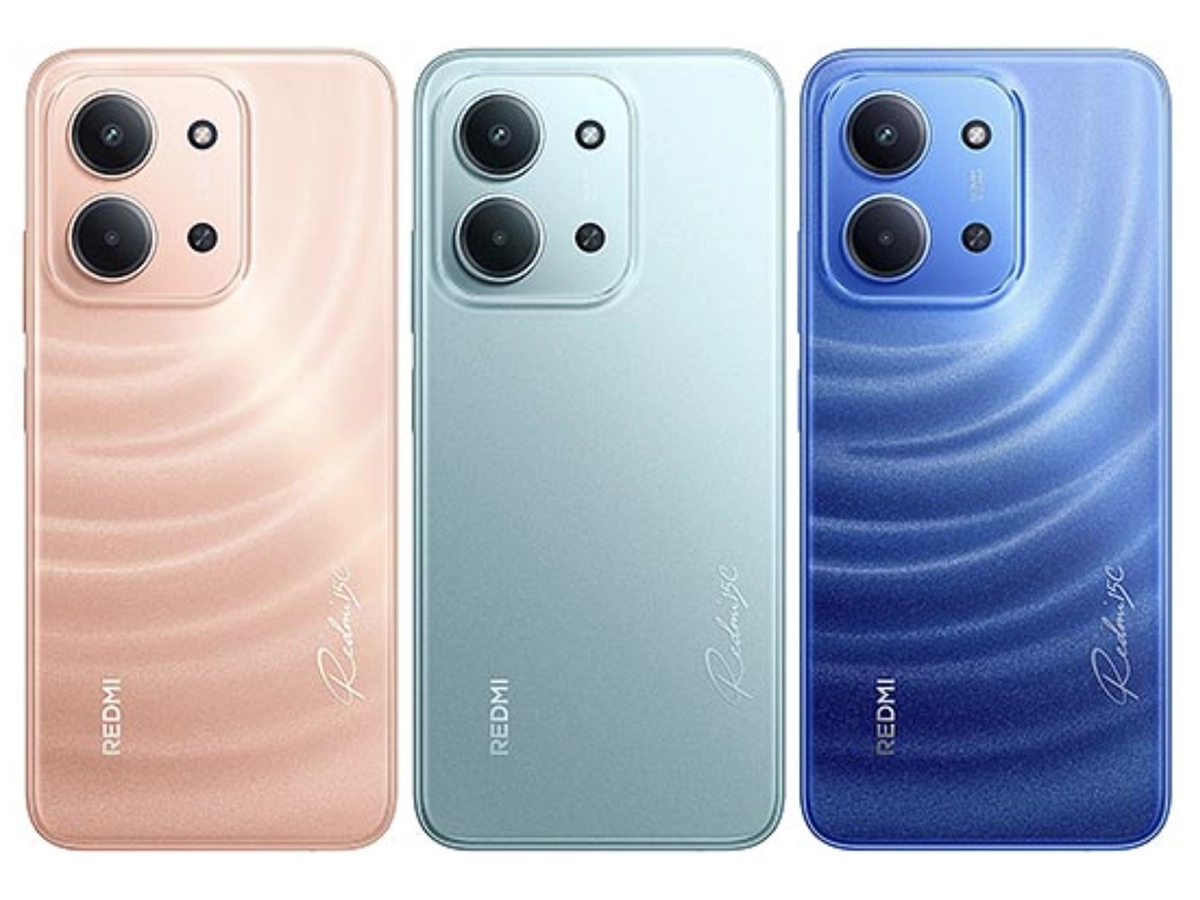
Redmi also changed the design of the rear camera module. On the Redmi 14C, the large round module with four circles looked unnecessary, since only one camera was really used.
The Redmi 15C now has a square-shaped module, like the Redmi 13C. Inside are two circles and an LED flash, but again only one camera is active.
The Redmi 15C comes in four colours; Moonlight Blue, Mint Green, Midnight Gray, and Twilight Orange. The Moonlight Blue and Twilight Orange versions have a special pattern that looks like water waves or sand. The Mint Green and Midnight Gray versions are plain.
For the body material, the Mint Green and Midnight Gray use polycarbonate plastic with a glossy finish. It looks shiny, but this type of body often shows fingerprint marks. A case is helpful to keep it clean.
The phone is 8 mm thick and weighs 205 grams. This size feels quite thin and light, especially for a phone with a 6000 mAh battery. It's also comfortable to hold and easy to carry.
Cons of Redmi 15C
As a budget phone, the Redmi 15C does not only have good points. There are also some things you may want to know before buying:
1. Only one main camera, no ultrawide or macro
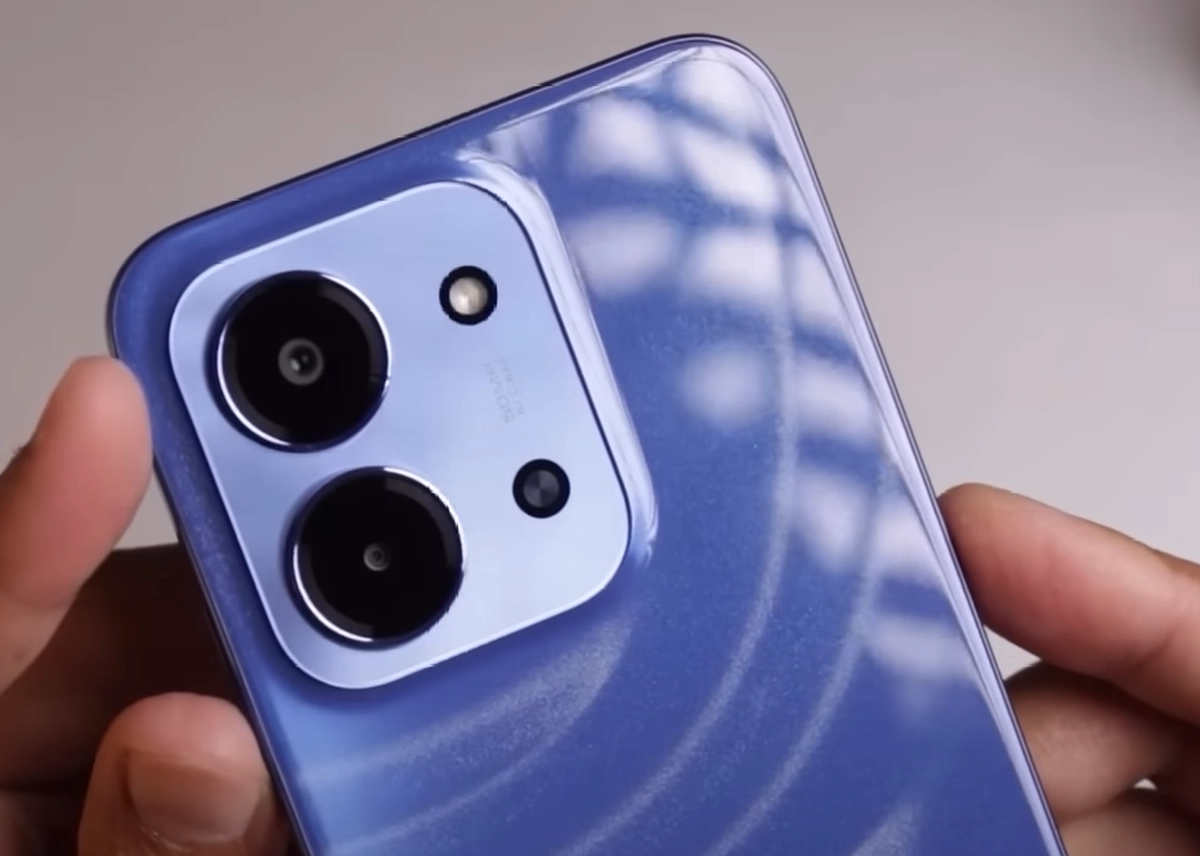
The Redmi 15C has two circles in the camera module, but only one works as the main camera. This is still acceptable for a phone at this price, as long as the main camera gives good results.
There is no ultrawide camera, and even the macro camera found on the Redmi 13C has been removed. It is replaced by a depth sensor.
The video quality is also limited. The Redmi 15C can only record up to 1080p at 30 FPS. There is no stabilisation feature, so videos will look shaky if you record while walking. Because of this, the phone is not the best choice for making video content to share on social media.
2. No Stereo Speaker, Only Mono
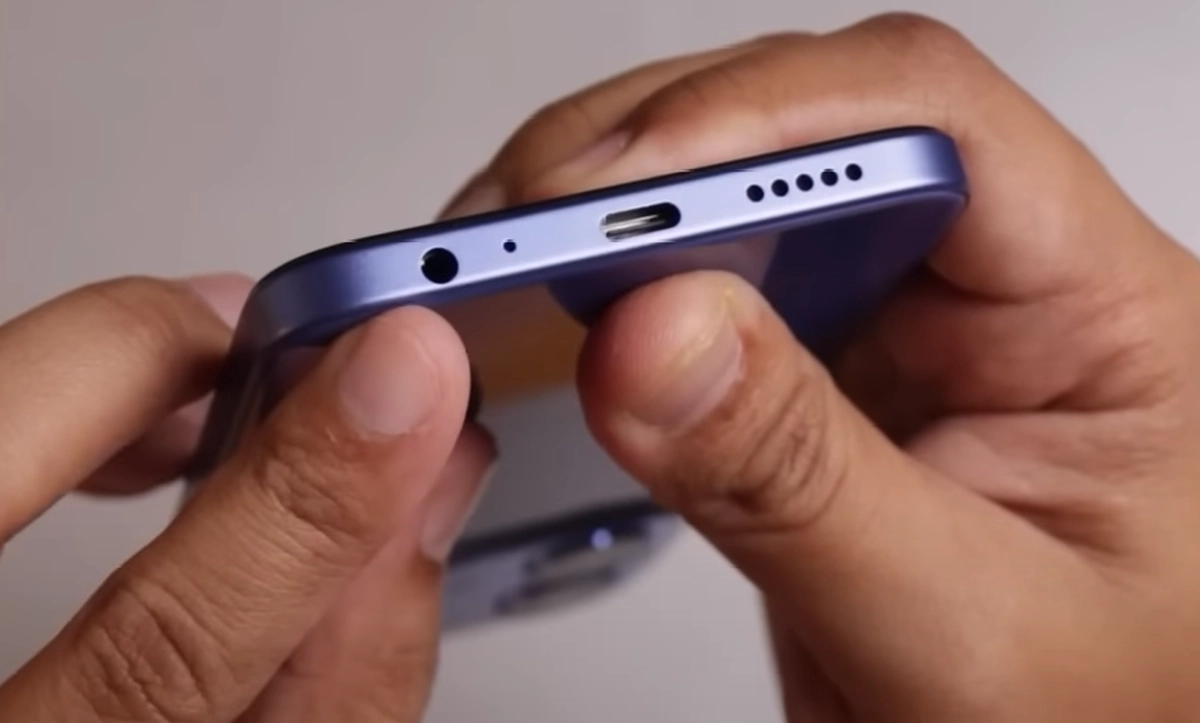
Another weakness of the Redmi 15C is the speaker. It only has one speaker, or mono. The sound is less satisfying compared to phones with stereo speakers. This choice was likely made to keep the price low or to focus on other features.
With only one speaker hole, the sound can be blocked easily when covered by fingers or other objects. This problem would not happen if the phone had two speakers.
The solution is to use earphones or a headset. Luckily, the phone still has a 3.5 mm audio jack. You can also use TWS or wireless earphones through Bluetooth 5.4.
3. Internal Storage Still Uses eMMC
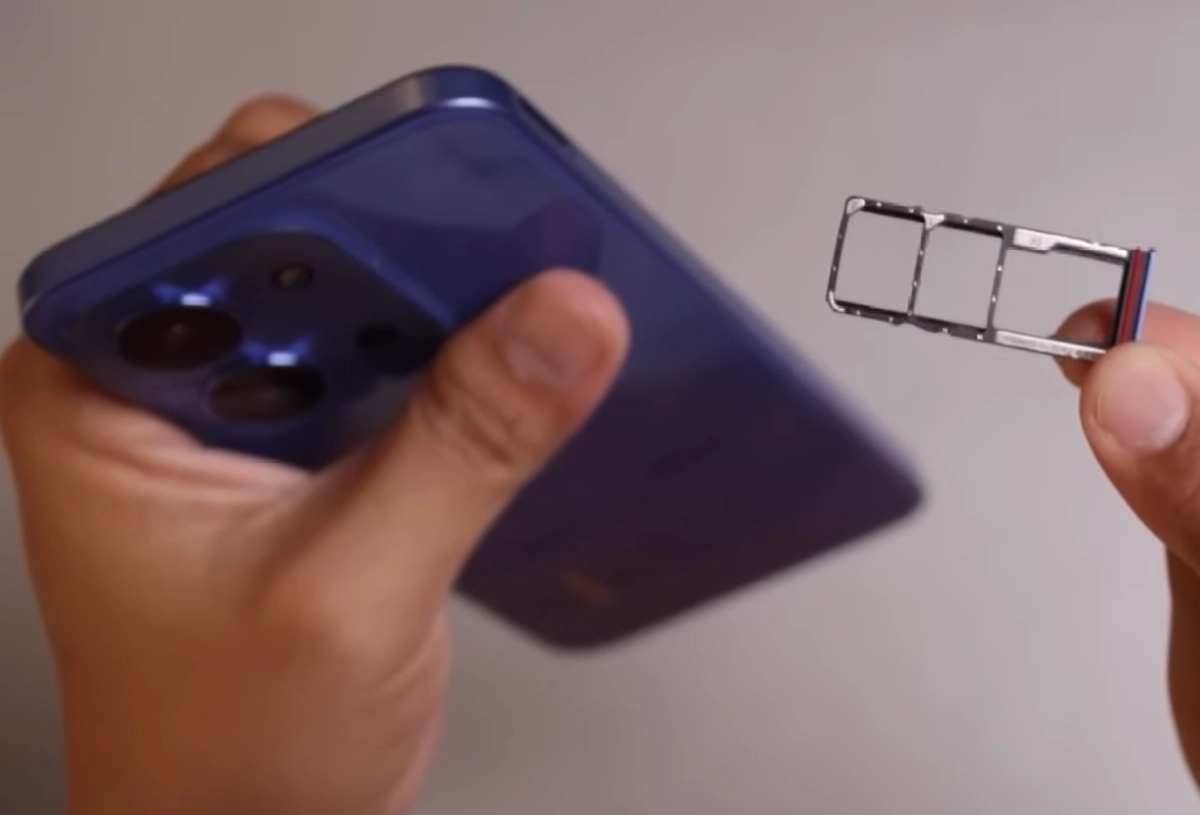
The Redmi 15C offers large storage, up to 256 GB internal, and it can still be expanded with a microSD card. But the internal storage type is still eMMC, the same as in the Redmi 14C.
eMMC has some weaknesses. The transfer speed is slower when you extract, move, or copy files. This can make productivity less smooth. The advantage of eMMC is its lower production cost. That is why many budget phones still use it to keep the price more affordable.
Conclusion
The Redmi 15C is an interesting option for a budget phone. It has a strong 6000 mAh battery that lasts a long time. The charging speed is also faster now, so it matches the bigger battery.
The performance is good enough for daily use. You can also expand the storage with a microSD card. But the phone still uses eMMC memory instead of UFS. At least the 120 Hz screen helps give a smoother and more comfortable experience, and the large size makes it more fun.
Still, there are some weak points. The phone only has one speaker, and the simple camera setup is not the best for making content. So, is the Redmi 15C still the right choice for you?
